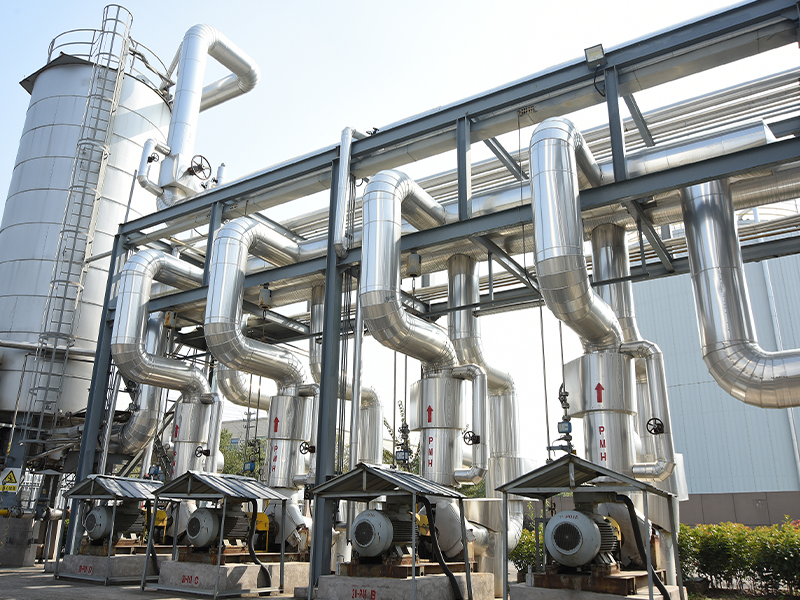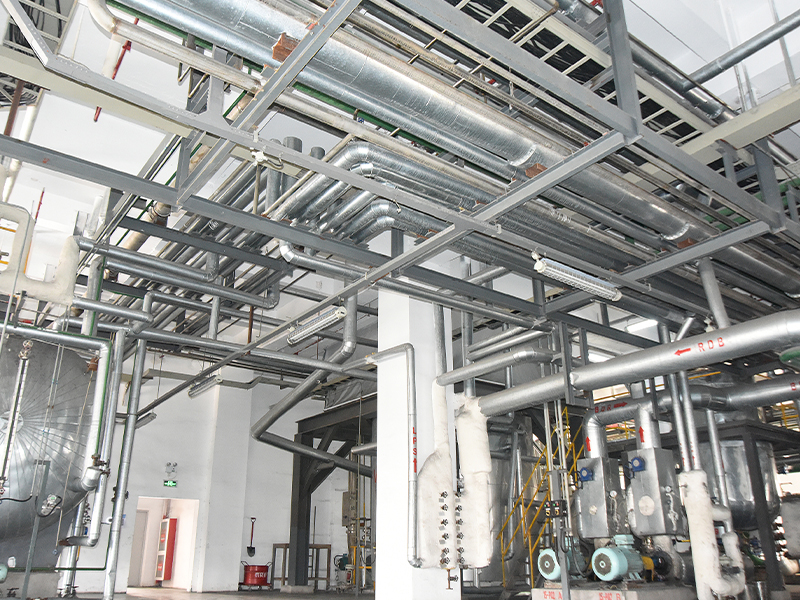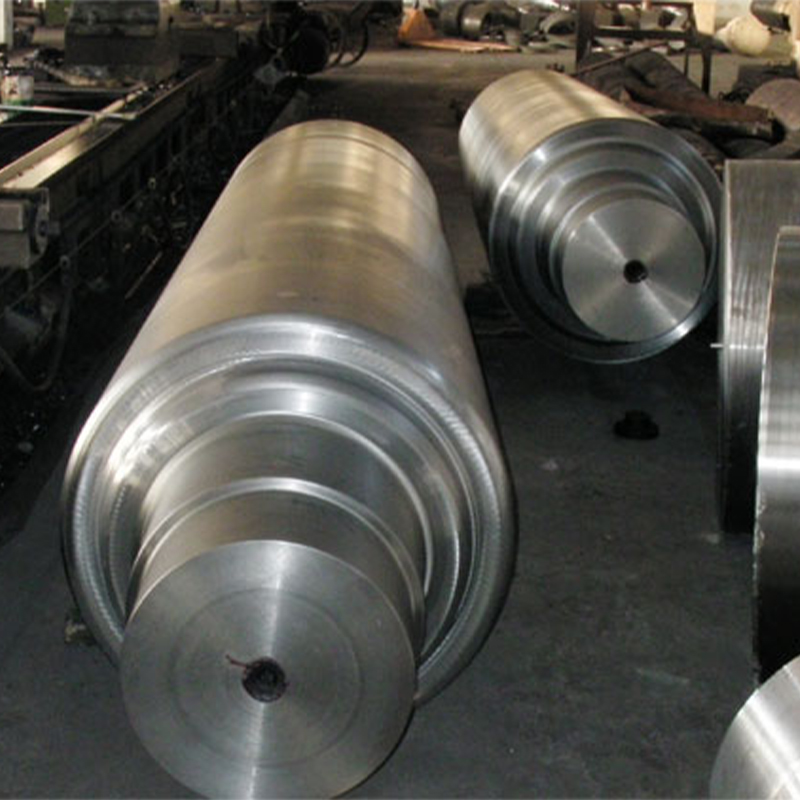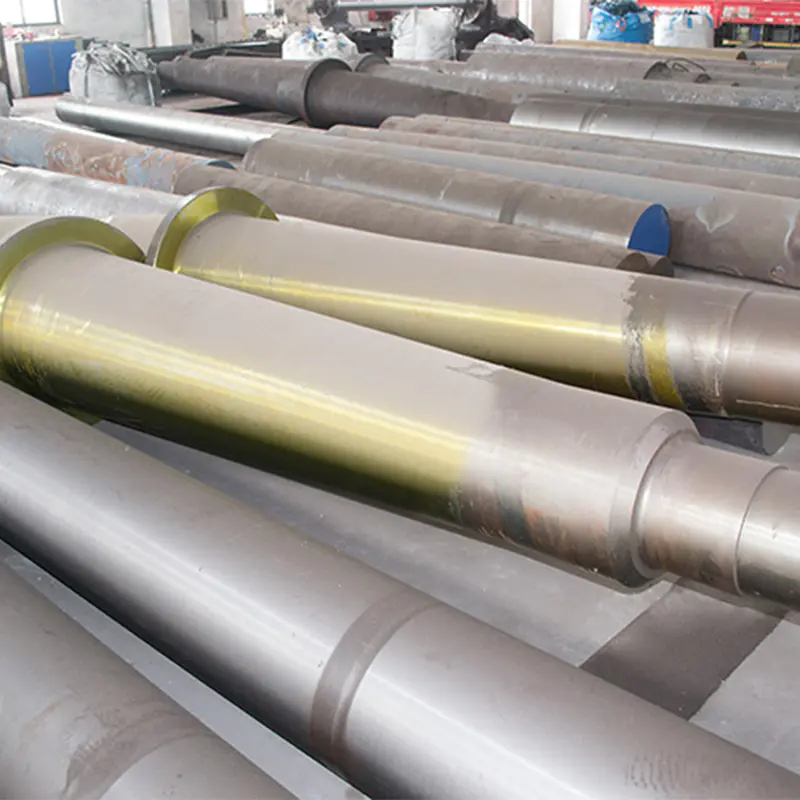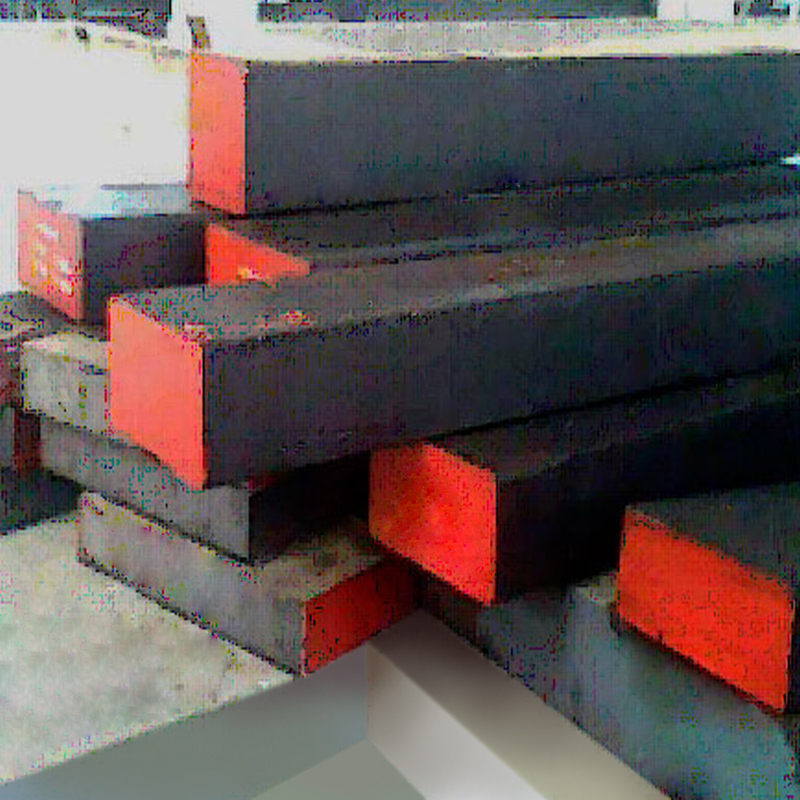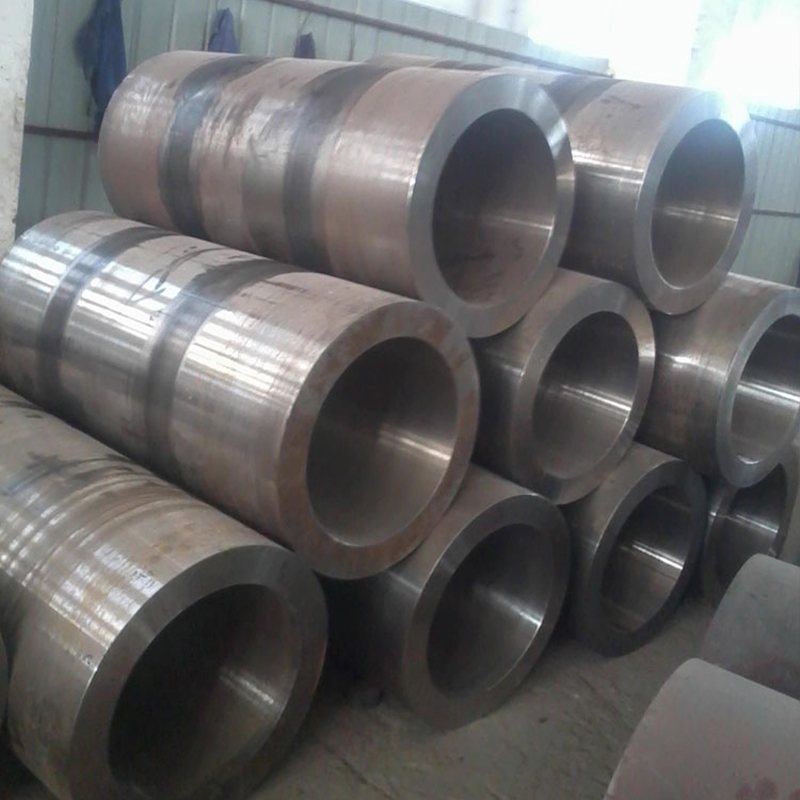
Load-Bearing Capacity: The diameter and thickness of forged round steel are directly correlated with its ability to withstand applied loads without failing. Larger diameters or thicker sections of forged steel have a greater cross-sectional area, which allows the steel to distribute the applied load more evenly across the surface. This makes it ideal for high-load applications like shafts, axles, or gears in heavy machinery, where the steel needs to bear dynamic or static loads without bending or breaking. For example, a thicker forged round steel might be used in bridges or structural components where the material is exposed to continuous pressure or impact, ensuring the steel can bear heavy weights without permanent deformation.
Strength and Rigidity: Strength and rigidity refer to the material's ability to resist deformation under stress. Thicker forged round steel offers superior strength and rigidity compared to thinner sections because it resists bending, twisting, and elongation more effectively. For applications like machine components, press tools, or construction materials, where stiffness and dimensional stability are critical, thicker steel ensures that these components retain their shape under mechanical forces. Conversely, thinner forged steel may be used in applications where some flexibility is desired, such as in automotive suspension systems where controlled deflection is necessary, or in structural supports where moderate bending is acceptable.
Fatigue Resistance: Fatigue resistance refers to the ability of material to withstand repeated loading cycles without failure. Larger diameter and thicker forged round steel components provide more material to resist fatigue-induced cracks, which is particularly important in high-stress environments where components experience cyclical loads over time. For instance, in turbine shafts or crankshafts in automotive engines, these components often face continuous stress from rotational forces. Thicker forged round steel distributes these stresses more evenly, helping prevent crack initiation and extending the component's lifespan.
Machinability and Precision: While thicker sections of forged round steel provide greater strength and durability, they are generally harder to machine, especially when high precision is required. Thicker sections may necessitate more time and effort to shape into the desired final product. On the other hand, thinner forged steel components are easier to machine and work with, making them ideal for applications that require tight tolerances, such as bearing races, drill rods, and electronic housings. The machinability of thinner steel makes it a cost-effective choice for intricate or small-scale components, but it may come at the cost of some mechanical performance. Engineers must balance the need for precision machining with the required mechanical strength for specific uses.
Cost and Weight Considerations: The cost and weight of forged round steel are closely tied to its diameter and thickness. Thicker and larger-diameter sections require more material, which naturally increases the production cost. This can be a significant consideration when designing large-scale industrial equipment or construction materials, where cost-efficiency is crucial. In industries like automotive manufacturing or aerospace, where reducing weight is paramount to improving performance and fuel efficiency, the diameter and thickness of the steel must be optimized to maintain structural integrity while minimizing weight. Thinner forged round steel is often favored when weight reduction is necessary, such as in components of aircraft or high-performance vehicles.



 English
English русский
русский Español
Español عربى
عربى